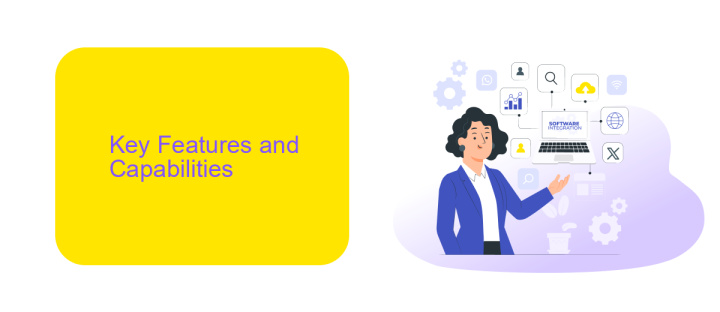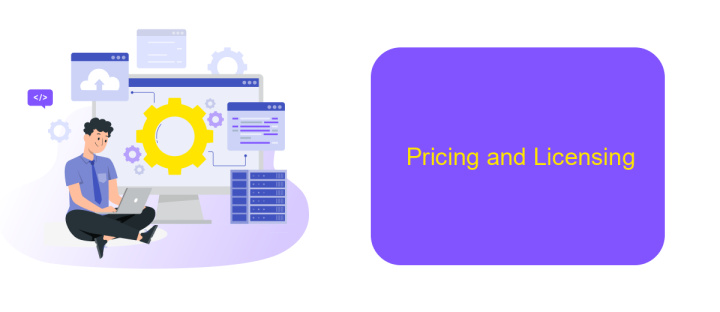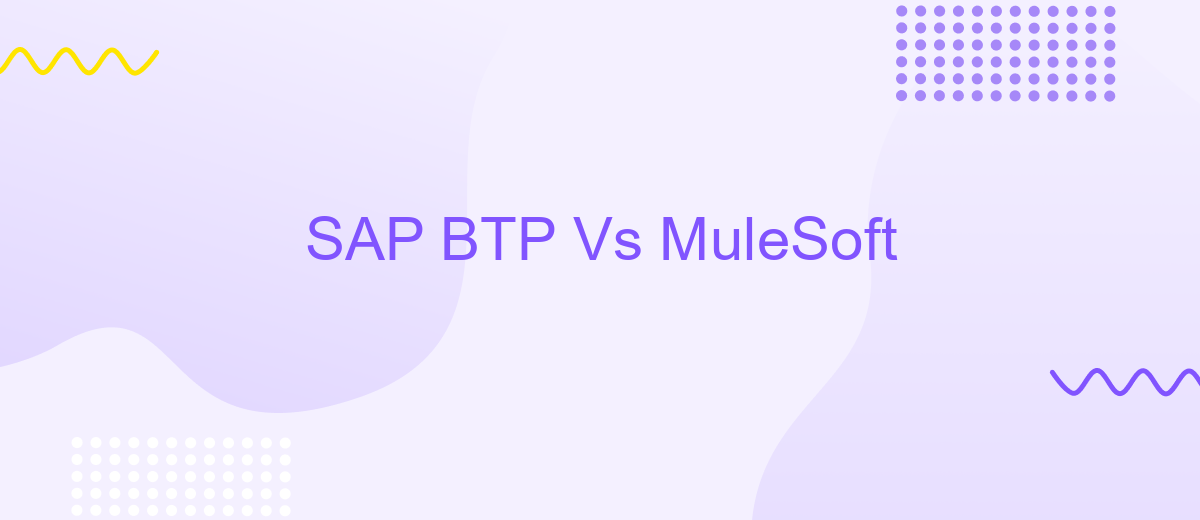SAP BTP Vs MuleSoft
In the rapidly evolving landscape of enterprise integration, SAP Business Technology Platform (BTP) and MuleSoft stand out as two leading solutions. Both offer robust tools for connecting disparate systems, but they differ in their approach, capabilities, and use cases. This article delves into a comparative analysis of SAP BTP and MuleSoft to help businesses make informed decisions.
Introduction
In the ever-evolving landscape of enterprise technology, selecting the right integration platform is crucial for business success. SAP Business Technology Platform (BTP) and MuleSoft are two prominent players in this arena, each offering unique capabilities and advantages. Understanding their differences and strengths can help organizations make informed decisions that best align with their integration needs.
- SAP BTP: A comprehensive suite of services that enables businesses to integrate, extend, and innovate their SAP and non-SAP applications.
- MuleSoft: An integration platform known for its robust API management and connectivity solutions, facilitating seamless integration across various systems.
Both platforms provide powerful tools for integrating disparate systems, but their approaches and feature sets differ significantly. Additionally, services like ApiX-Drive can further streamline the integration process by offering no-code solutions for connecting various applications, enhancing the overall efficiency and effectiveness of integration strategies. As businesses strive for greater agility and connectivity, understanding these platforms' nuances is essential for optimizing their IT ecosystems.
Key Features and Capabilities

SAP Business Technology Platform (BTP) offers a comprehensive suite of tools designed to streamline enterprise operations. Key features include advanced analytics, machine learning, and integration capabilities that enable seamless data flow across various systems. Additionally, SAP BTP supports multi-cloud environments, providing flexibility and scalability for businesses of all sizes. The platform's robust security measures and compliance standards ensure data integrity and protection, making it a reliable choice for enterprises looking to enhance their digital transformation efforts.
MuleSoft, on the other hand, specializes in API-led connectivity, allowing organizations to integrate applications, data, and devices with ease. Its Anypoint Platform provides a unified solution for API management, design, and deployment. MuleSoft's capabilities extend to real-time data integration and microservices architecture, facilitating agile development and faster time-to-market. For businesses seeking to optimize their integration processes, services like ApiX-Drive can complement MuleSoft by offering user-friendly tools to automate and manage integrations efficiently, further enhancing operational efficiency.
Architecture and Integration Options

When comparing SAP BTP and MuleSoft, it's essential to understand their architecture and integration options. SAP BTP (Business Technology Platform) offers a comprehensive suite of services designed for seamless integration and extension of SAP and third-party applications. MuleSoft, on the other hand, provides a robust Anypoint Platform that enables the building, deploying, and managing of APIs and integrations.
- SAP BTP leverages its Integration Suite, which includes tools like SAP Cloud Platform Integration, SAP API Management, and SAP Event Mesh.
- MuleSoft’s Anypoint Platform provides tools such as Anypoint Studio, Anypoint Exchange, and Anypoint Runtime Manager for comprehensive API and integration management.
- Both platforms support various integration patterns, including point-to-point, hub-and-spoke, and API-led connectivity.
- Third-party services like ApiX-Drive can further enhance integration capabilities by offering no-code solutions for automating data workflows between different applications.
In summary, while SAP BTP focuses on enhancing the SAP ecosystem with robust integration services, MuleSoft offers a versatile platform for API-led connectivity across diverse systems. Both platforms can benefit from complementary services like ApiX-Drive to streamline integration processes and automate workflows efficiently.
Pricing and Licensing

When comparing SAP BTP and MuleSoft, pricing and licensing are crucial factors to consider. SAP BTP offers a flexible pricing model based on the services and resources you use. This pay-as-you-go model ensures that you only pay for what you consume, providing cost-efficiency for businesses of all sizes.
MuleSoft, on the other hand, operates on a subscription-based pricing model. This model includes various tiers, allowing organizations to choose a plan that aligns with their integration needs and budget. Both platforms offer enterprise-level solutions, but their pricing structures cater to different business strategies.
- SAP BTP: Pay-as-you-go model
- MuleSoft: Subscription-based model with multiple tiers
- Customization and scalability options available
For businesses looking to streamline their integration processes, services like ApiX-Drive can be beneficial. ApiX-Drive offers automated integration capabilities, helping organizations connect various applications seamlessly. This can complement the functionalities of both SAP BTP and MuleSoft, providing a more comprehensive integration solution.
Use Cases and Industry Applications
SAP BTP (Business Technology Platform) and MuleSoft are widely utilized across various industries for their integration capabilities. SAP BTP is often employed in sectors like manufacturing, retail, and finance to streamline operations and enable seamless data flow between diverse systems. It is particularly effective in managing complex enterprise resource planning (ERP) processes, enhancing supply chain visibility, and supporting advanced analytics. MuleSoft, on the other hand, excels in providing robust API-led connectivity, making it a preferred choice for industries such as healthcare, telecommunications, and banking. Its Anypoint Platform facilitates the creation, management, and optimization of APIs, ensuring efficient data exchange and system interoperability.
Both platforms are instrumental in digital transformation initiatives, but their use cases can vary based on specific industry demands. For instance, SAP BTP’s integration with SAP S/4HANA is crucial for enterprises aiming to modernize their IT landscapes, while MuleSoft’s API-driven approach is ideal for organizations focusing on building agile and scalable IT infrastructures. Additionally, tools like ApiX-Drive can complement these platforms by automating data transfers and simplifying integration processes, further enhancing operational efficiency across different sectors.
- Automate the work of an online store or landing
- Empower through integration
- Don't spend money on programmers and integrators
- Save time by automating routine tasks
FAQ
What is SAP BTP?
What is MuleSoft?
How do SAP BTP and MuleSoft differ in terms of integration capabilities?
Can I use both SAP BTP and MuleSoft together?
Are there services available to help with the automation and integration setup for these platforms?
Routine tasks take a lot of time from employees? Do they burn out, do not have enough working day for the main duties and important things? Do you understand that the only way out of this situation in modern realities is automation? Try Apix-Drive for free and make sure that the online connector in 5 minutes of setting up integration will remove a significant part of the routine from your life and free up time for you and your employees.


